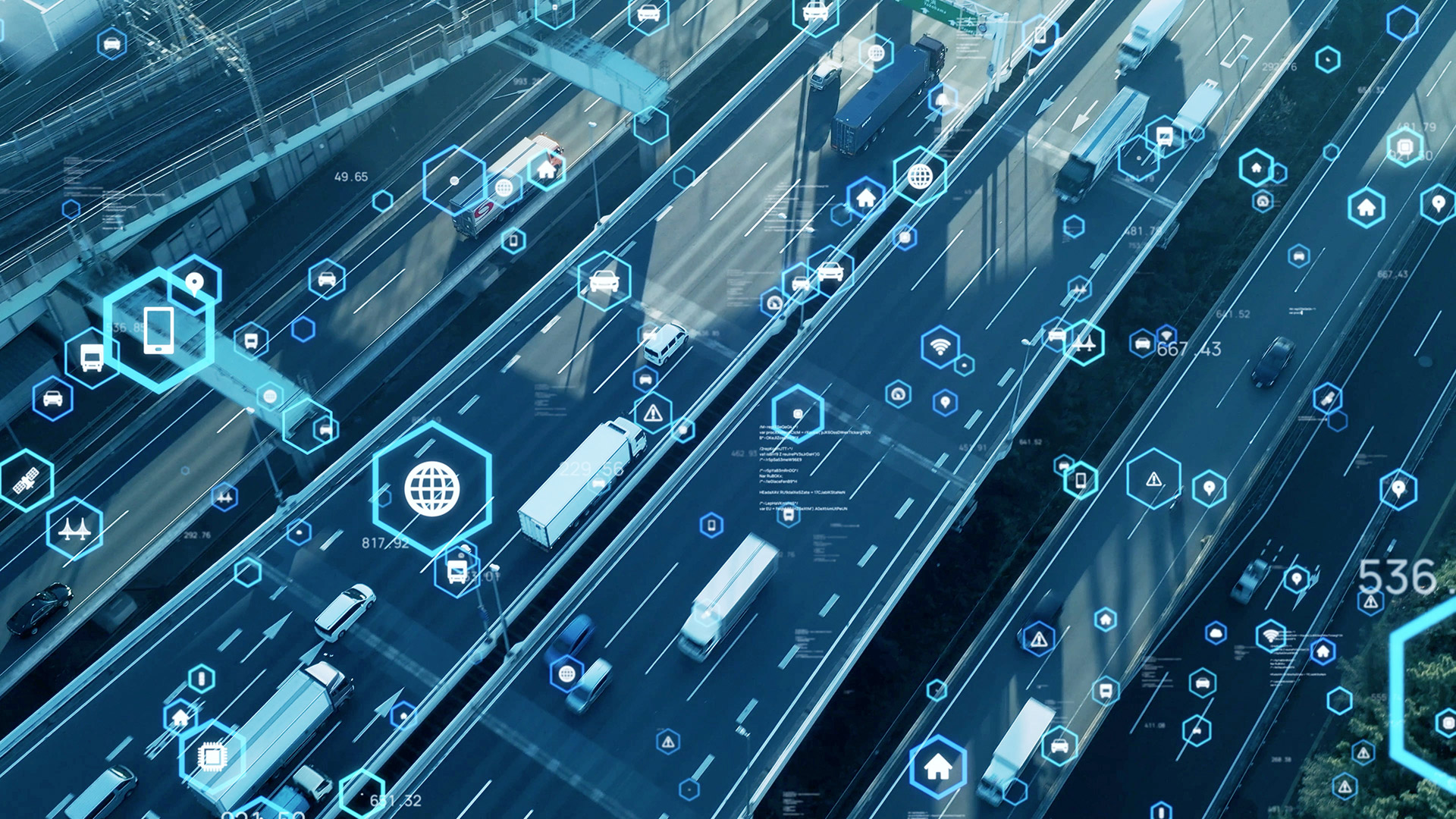Definition: Command Centers provide a centralized facility or location for communication, coordination, and command. They coordinate various operations, activities, and resources and are deployed in response to public safety, emergency response, disaster management, or other critical situations in the event of natural disasters and emergencies.
A Command Center explained
Command centers function as a centralized hub where operations can be monitored, controlled, and executed. Due to the specialized requirements of specific applications, these centers are usually highly secured and meticulously designed to guarantee uninterrupted daily functioning in diverse situations. Commonly referred to as ‘CC’, command centers are used across a range of scenarios in the event of emergencies. As an integral nerve center within organizations, command centers necessitate unique tools tailored to each industry to ensure efficient management of their operations.
Command Centers and Emergency Operation Centers are found in many nations at government level as well as in organizations that deal with a large number of employees and assets and are designed to receive emergency notifications and to facilitate necessary commands and operations according to the reported incident. A Command Center is a source of leadership and guidance to ensure that service and order is maintained, rather than an information center or help desk. Its tasks are accomplished by monitoring the environment and responding to events, ranging from very minor to major emergencies, utilizing predetermined protocols.
The key features of a Command Center
- Centralized Information: Gathering, processing, and disseminating information from various sources such as emergency calls, and field personnel, sensors, and cameras, to provide a comprehensive situational awareness to decision-makers.
- Technology Integration: Incorporates advanced technologies such as Geographic Information Systems (GIS), data analytics, video surveillance systems, communication systems, and more to enhance its capabilities.
- Real-time Monitoring: The facility is equipped with technology to monitor ongoing incidents, events, or situations in real-time. This could involve tracking the movement of emergency responders, monitoring weather conditions, or observing the status of critical infrastructure.
- Decision Support: With access to real-time data and comprehensive situational awareness, decision-makers can make informed decisions quickly. This might involve allocating resources, adjusting response strategies, or issuing evacuation orders.
- Communication Hub: Serving as a hub for communication and allowing different agencies and stakeholders to share information, updates, and instructions efficiently.
- Resource Management: Helps to manage and allocate resources such as personnel, vehicles, equipment, and supplies based on the evolving situation. This ensures that resources are utilized effectively and efficiently.
- Coordination: Different agencies and organizations involved in public safety and emergency response, such as law enforcement, fire departments, medical services, and local government, can collaborate and coordinate their efforts through the Command Center.
- Crisis Response: During emergencies, disasters, or other critical events, the Command Center can help orchestrate a coordinated response, ensuring that different entities work together seamlessly to mitigate the impact of the situation.
- Information Dissemination: The Command Center can provide timely and accurate information to the public, media, and other stakeholders to keep them informed and safe.
A Command Center is a crucial requirement in enhancing public safety and response requirements. It serves as a central platform for decision-makers to communicate, collaborate and oversee resources during critical incidents and serves a pivotal role in emergency management and disaster response requirements in order to determine the best course of action.
Utimaco provides a public warning suite of products that are adaptable to the various needs of each entity via a variety of delivery channels, including cell broadcast, location-based SMS, customized apps, desktop alerts, email and more.





